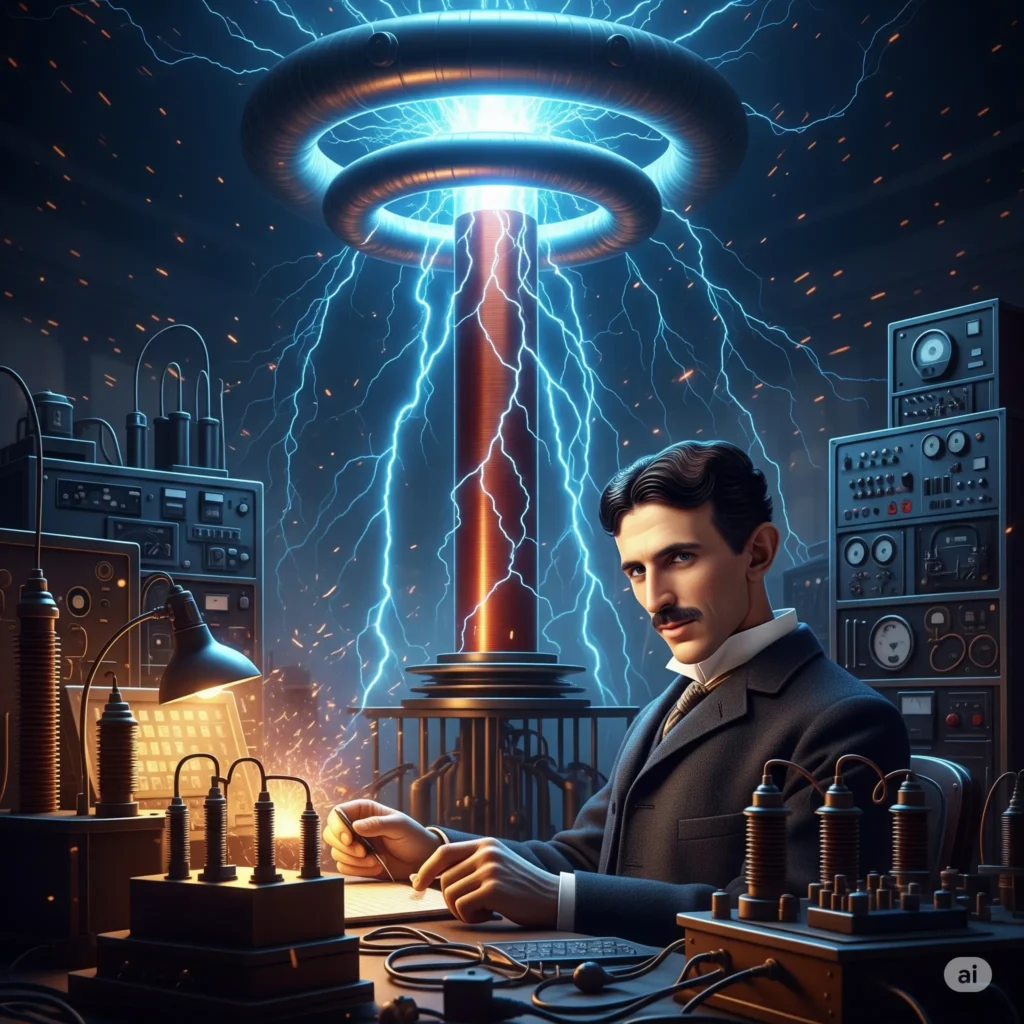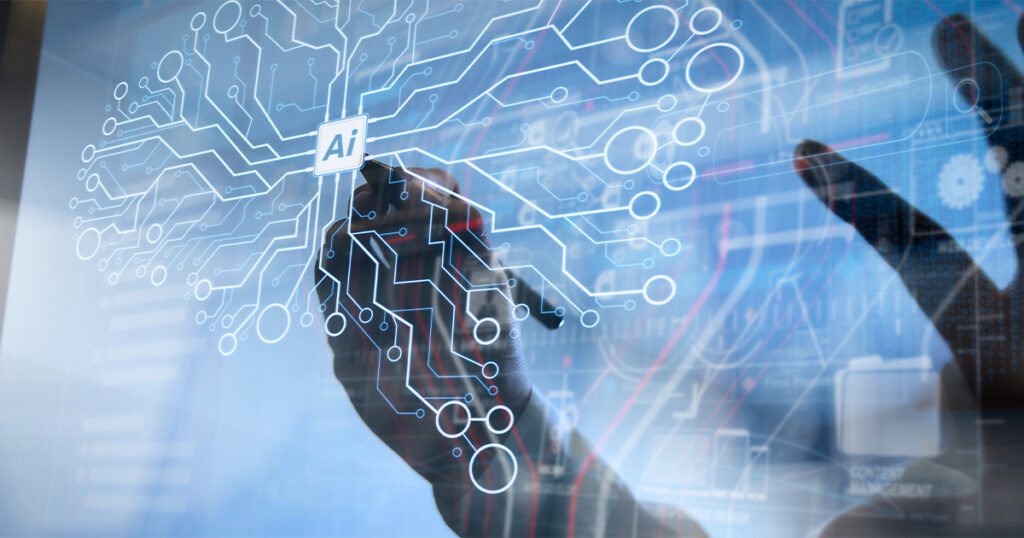Nikola Tesla: The Visionary Who Electrified the World
Nikola Tesla, a name synonymous with genius, innovation, and perhaps a touch of enigmatic eccentricity, was a Serbian-American inventor, electrical engineer, mechanical engineer, and futurist who profoundly influenced the development of modern electrical systems. Born on July 10, 1856, in Smiljan, Austrian Empire (modern-day Croatia), Tesla’s life was a testament to relentless curiosity, daring experimentation, and an unwavering belief in the potential of electricity to transform human civilization. His pioneering work on alternating current (AC) is arguably his most significant contribution, laying the foundation for the global power grid we rely on today.
Early Life and Education: Seeds of Genius
Tesla’s intellectual journey began in a modest household, where his father, Milutin Tesla, was an Orthodox priest and a man of letters, and his mother, Đuka Mandić, an inventor of practical household appliances. From a young age, Nikola displayed an extraordinary memory and a keen interest in science and engineering. He possessed a photographic memory and the ability to visualize complex inventions in his mind with astonishing clarity. This unique cognitive ability would serve him throughout his career, allowing him to conduct intricate mental experiments without the need for physical prototypes.
He pursued his education at the Austrian Polytechnic in Graz, where he initially excelled in electrical engineering. It was here that he first encountered the direct current (DC) dynamos that were prevalent at the time and began to question their efficiency. He envisioned a system that could overcome the limitations of DC, which inspired his groundbreaking ideas on alternating current. Despite his early academic brilliance, Tesla faced financial difficulties and did not complete his degree at Graz. He later attended the Charles-Ferdinand University in Prague for a brief period before embarking on his professional career.
The Dawn of Alternating Current: A Revolutionary Idea
Tesla’s professional life commenced with a job at the Central Telegraph Office in Budapest in 1881, where he gained practical experience in telephony. It was during this period, in 1882, that he conceived the principle of the rotating magnetic field, a pivotal concept for the AC induction motor. He then moved to Paris to work for the Continental Edison Company, where his engineering prowess quickly became apparent as he designed and troubleshoot electrical systems.
However, Tesla’s ambitions stretched far beyond the limitations of Edison’s direct current system. He believed that AC offered a superior solution for transmitting electricity over long distances, a concept that was met with skepticism by the proponents of DC. In 1884, with only four cents in his pocket and a letter of recommendation, Tesla immigrated to the United States, hoping to find an environment more receptive to his innovative ideas. He briefly worked for Thomas Edison in New York, but their contrasting visions for electricity and their differing personalities led to a swift parting of ways. Edison championed DC, a system that required numerous power stations spaced closely together due to significant power loss over distance. Tesla, on the other hand, saw the future in AC, which could be stepped up to high voltages for efficient long-distance transmission and then stepped down for safe use in homes and businesses.
In 1887, Tesla established his own laboratory in New York City and began to develop a complete polyphase AC system, including generators, motors, and transformers. His work attracted the attention of George Westinghouse, an industrialist and inventor who recognized the immense potential of Tesla’s AC system. This partnership led to what became known as the “War of the Currents,” a fierce rivalry between Tesla and Westinghouse’s AC system and Edison’s DC system. Ultimately, Tesla’s AC technology proved to be superior, more efficient, and more scalable, leading to its widespread adoption and the eventual triumph of AC over DC. A pivotal moment in this “war” was the illumination of the World’s Columbian Exposition in Chicago in 1893 using Westinghouse’s AC system, a spectacular demonstration of its capabilities. Learn more about the “War of the Currents” and its impact on modern power distribution by visiting this resource on the history of electricity.
Beyond AC: A Prolific Inventor
While the AC system remains his most enduring legacy, Tesla’s inventive genius extended far beyond it. He held nearly 300 patents worldwide and made significant contributions to numerous fields, often decades ahead of his time.
One of his most iconic inventions is the Tesla coil, an electrical resonant transformer circuit he developed in 1891. This device is capable of producing high-voltage, low-current, high-frequency alternating-current electricity, and it laid the groundwork for many wireless technologies. The Tesla coil’s mesmerizing sparks and powerful electrical discharges captured the public imagination and continue to be a popular demonstration in science museums and educational settings.
Tesla also made pioneering advancements in radio technology. While Guglielmo Marconi is often credited with inventing the radio, Tesla’s patents for radio transmission predated Marconi’s, and the U.S. Supreme Court later upheld Tesla’s priority in radio invention. His experiments with wireless communication demonstrated the potential for transmitting signals without wires, foreshadowing the ubiquitous wireless communication systems we use today.
His innovative spirit also led to the development of the first remote-controlled boat in 1898, a remarkable feat of engineering that showcased the practical applications of his wireless principles. He also contributed to the development of fluorescent and neon lighting, X-ray technology (which he referred to as “shadowgraphs”), and even explored ideas for wireless energy transmission on a grand scale, though many of these ambitious projects remained unfulfilled.
Tesla’s vision for a “World Wireless System” involved transmitting electricity and information globally without wires, a concept he attempted to realize with the construction of the Wardenclyffe Tower on Long Island, New York. While the project was ultimately abandoned due to lack of funding, it symbolized his unwavering belief in a future powered by universal wireless connectivity. You can explore more about the fascinating history of Wardenclyffe Tower and Tesla’s grand ambitions at the Tesla Science Center at Wardenclyffe website.
The Later Years and Enduring Legacy
Despite his groundbreaking inventions, Tesla’s later life was marked by financial difficulties and increasing reclusiveness. His focus on pure scientific exploration often overshadowed his business acumen, and he struggled to commercialize many of his more ambitious ideas. He became increasingly eccentric, developing peculiar habits and fixations, and his pronouncements on future technologies were often met with skepticism by the scientific establishment.
Nikola Tesla died on January 7, 1943, in New York City, largely forgotten by the public at the time of his passing. However, in the decades that followed, there has been a resurgence of interest in his life and work. His contributions, once overshadowed by others, are now widely recognized as foundational to modern technology. The unit of magnetic flux density in the International System of Units (SI) was named the “tesla” (T) in his honor in 1960, a fitting tribute to his profound impact on the field of electromagnetism.
Tesla’s legacy extends beyond his tangible inventions. He embodies the spirit of an independent inventor, a visionary who dared to challenge conventional wisdom and imagine a world transformed by technological innovation. His story serves as an inspiration to engineers, scientists, and dreamers worldwide, reminding us of the power of curiosity, perseverance, and a boundless imagination. To delve deeper into the impact of his life and work, consider exploring resources like this biographical overview of Nikola Tesla. His insights into resonant frequencies, wireless power, and even early concepts of robotics continue to inspire new generations of innovators who strive to build upon his remarkable foundation and push the boundaries of what is possible.


